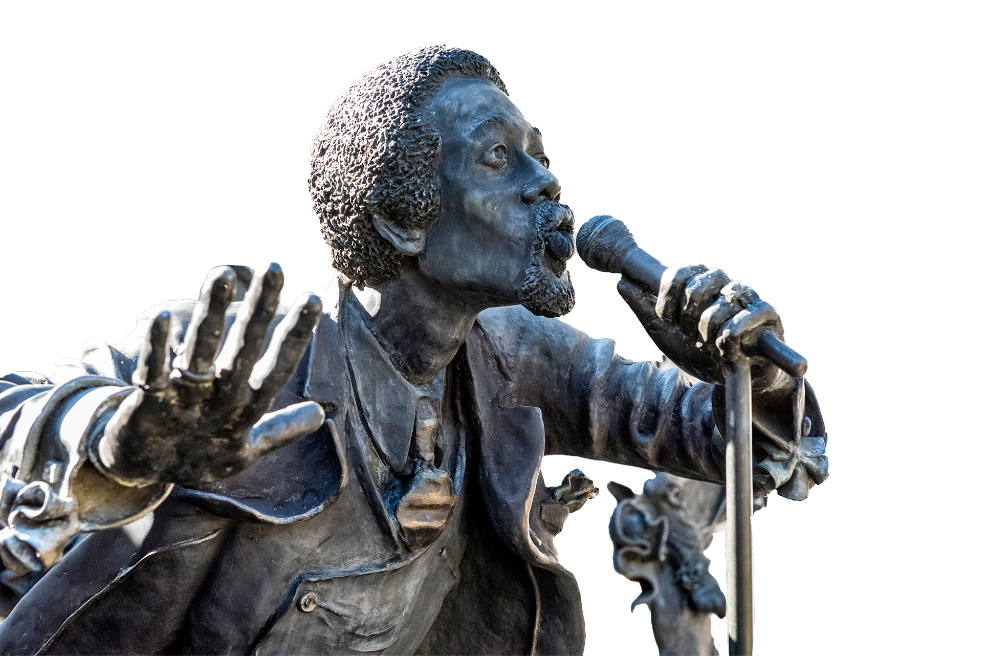TRACE THE HISTORY OF A MOVEMENT
Tour the Birmingham Civil Rights District
Explore the rich history of Birmingham, Alabama by visiting the sites that played a major role in the Civil Rights Movement.
Discover the vibrant neighborhoods that the Black community historically called home.
Visit the museums keeping Birmingham’s legacy alive in the 21st century.
Our Shared History
At the dawn of the Civil Rights Movement, Birmingham was a deeply segregated city. Early attempts to integrate residential neighborhoods had led to a series of bombings. Barred from all but manual labor jobs, Black workers struggled to put food on their tables.
The Rev. Fred Shuttlesworth, a Birmingham pastor, and civil rights activist, sought help from Martin Luther King Jr. Together, they launched a series of nonviolent actions from 1962 to 1963.
Some of the most vivid, lasting images in the Civil Rights movement emerged from the Birmingham campaign: police dogs and fire hoses turned against children as they marched for their rights. The faces of the young girls who died in the 1963 church bombing.
These events caused public outrage, leading to the eventual passage of the Civil Rights Act in 1964.
The Birmingham Civil Rights District was established to preserve these sites, so their story lives on for future generations.
The area, also known as “Little Harlem,” was already home to several Black churches in the 1800s. It was common for African Americans to congregate here, and it boasted retail shops, attorneys, doctor’s offices, a half-dozen hotels, and much more. The buildings were designed by black architects and built by black construction companies.
Before Jim Crow authorized the separation of races, black businesses had locations throughout the city. After Jim Crow, African Americans and their businesses were restricted to the area that is now known as the Civil Rights District (along Third, Fourth, and Fifth Avenue North, from 15th to 18th Street).
